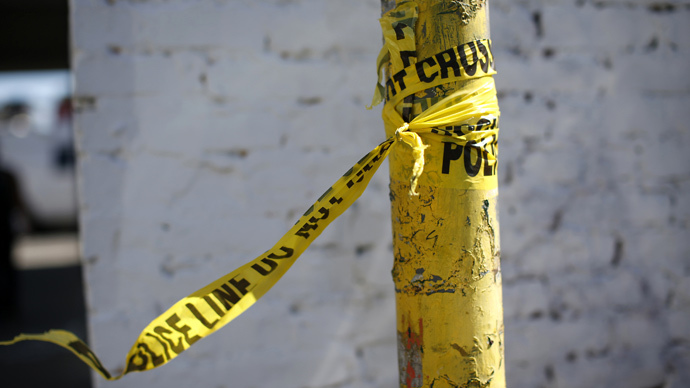Murders up 20 percent in NYC

New crime stats show that New York City’s murder rate is on the rise when compared to years past, despite going a record-breaking 12 days straight without a homicide last month.
The homicide rate in NYC has spiked 20 percent in the first two months of 2015, the New York Daily News reported this week, and so has the number of shootings since the start of the year.
Statistics released on Monday by the New York Police Department reveal that the city has recorded 54 murders and 149 shootings since January 1, both of which have risen from the same time period one year earlier, the paper reported.
But NYPD Commissioner Bill Bratton told a local CBS News affiliate that the murders appear to be localized, and that New Yorkers do not need to worry about a resurgence of the crime waves that have previously plagued the city.
“There are four or five precincts in the last two months accounting for a significant part of what’s going on,” Bratton said.
“This is not the bad old days roaring back. This is something that we’ve got our arms around.”
The statistics published by the NYPD this week contrast sharply with reports from last month when New York City made national headlines for going 12 days without a murder – the longest such span since computerized logs were first kept in 1994, CNN reported then.
Even at the time, though, officials acknowledged seeing a surge in shootings, with 100 incidents logged during the first week of February 2015 compared to 91 one year earlier – the same month the city saw a record low in murders, the CBS network quoted a NYPD official as saying.
According to law enforcement, pot has played an important factory in a recent string of shootings. All seven of the murders this year that the NYPD has categorized as drug-related have involved weed dealers being targeted, the Daily News reported.
“These are not turf battles. These are ripoffs of marijuana dealers,” NYPD Chief of Detectives Robert Boyce told the paper.
“Marijuana just keeps showing up in some of the most violent acts in the city,” Commissioner Bratton told the CBS station.
Elsewhere, however, a correlation such as that cited by NYPD officials is anything but evident. In Colorado, for example – the first state in the nation to legalize recreational marijuana for adults last year – violent crime dropped by 3 percent during the first six months of legal weed.
Although the NYPD was told late last year to stop arresting people for possession of small amounts of pot, marijuana remains illegal there, as in most of the United States. Nevertheless, drug law reform advocates were quick to pounce on the department’s latest alleged attempt to demonize the plant.
“What evidence is Bratton relying on in making these statements?” Gabriel Sayegh, the managing director of policy & campaigns for the Drug Policy Alliance, asked this week.
“Hasn’t he heard that correlation does not equal causation? Marijuana is the most widely used illicit substance in the US and in New York and, therefore, is far more likely to be found on New Yorkers than any other drug. It appears that finding marijuana on the scene of a violent crime is enough for Bratton to assert a causal link. Using that rationale, we can make other causal links to violence – for instance, if police find a cell phone at the scene of a violent crime, then certainly the cell phone must cause that crime.”
According to the Daily News, New York could see 324 murders by the end of the year if the current homicide rate stays constant. In 2013 and 2014, 335 and 328 homicides occurred in the city respectively.












